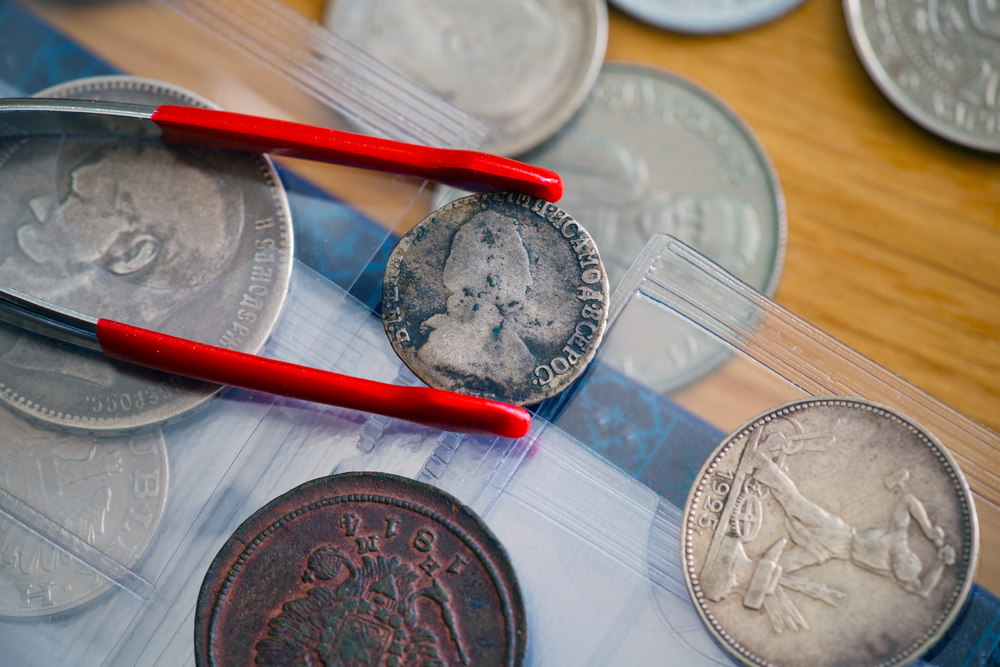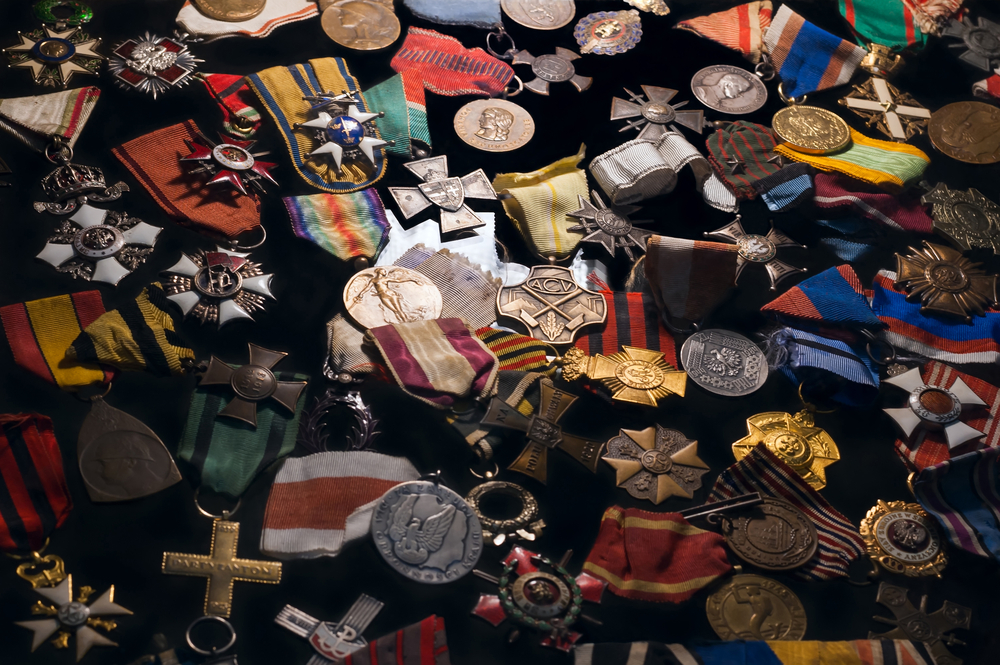
Ultimate Home Maintenance Checklist: 8 Tips For Homeowners
Stay on top of home maintenance with this easy checklist to prevent costly repairs, boost efficiency, and keep
 Written by:
Written by:

The Spacer Technologies content team is a dedicated group of writers and experts with a deep-rooted passion for the sharing economy. Our team is committed to creating informative, engaging, and valuable content across our various platforms. With a keen eye for detail and a talent for simplifying complex topics, we strive to empower our audience with knowledge and insights about the benefits of shared spaces.
Reading time : 5 mins
Coin, medal, and stamp collecting represents a deep passion for keeping rarities whose intrinsic values are expected to significantly increase over time. Old coins, stamps, and medals are more valuable than their original worth because of their historical significance, rarity, and the materials used.
Coins dating back to the 19th Century include the Proof Half Sovereign from 1853, which is now worth $1.5 million and the 1852 Adelaide ingots. The rarest stamps, which are now worth thousands, include the Queen Victoria stamp from 1856 and the Red King featuring Edward VIII. As an example of the increasing value of medals, Captain Bligh from the 1700s was auctioned for $250,000.
Ensure that your rare coins and stamp collecting efforts will be rewarded in the future by making sure that you store these items properly.
Made up of thin paper, embossed foil, faint designs, and watermarks, stamps deteriorate over time if not properly handled. A philatelist’s (an individual who collects or studies stamps) biggest worries are fingerprints, humidity, pests, fire, rodents, and theft.
Keep your stamp collection somewhere with a temperature of 18.3 C to 22 C to avoid moisture build-up and discolouration or warping that often occurs above 22 C. To do this, place stamps in a hinge-less album with acid-free paper. If you remount a stamp, use the appropriate glue.
Placing your stamp in direct sunlight deteriorates the stamp’s adhesive, colour, watermark, and details, or warp the paper. Damp areas can build up moisture and encourage fungal growth.
Silverfishes (a metallic, silvery fish-like insect) eats any starchy things whilst termites chew any cellulose substances such as your stamps. Roaches eat anything, including paper stamps. Rats leave droppings that can ruin your collection. Invest in pest control and remove the pests’ food sources.
Elevated humidity levels can damage the stamp gum, thereby reducing its value. Control humidity by installing fans, vents, dehumidifiers, and indoor houseplants.

Copper, silver, or ferritic stainless steel constitute the coin metal. Whilst they resist weathering to some extent, coins aren’t immune to oxidation. They can also turn into carbonates and sulphides.
If you have a huge rare coins collection, use a reliable space host that offers an inexpensive but secure and weatherproof storage system with alarm and CCTV.
If you use envelopes, cardboards, or paper-made coin folders or albums, use an acid-free one because acid can cause oxidation.
Aside from being neat looking, coin slabs and albums will keep your coins organised, easy to maintain, easy to retrieve, and easy to protect from various elements such as heat, insects, moisture, and sunlight.
To prevent fingerprint, rust, and oxidising moisture, use acrylic air-tight seal for long-term storage. For short-term storage, use PVC-free flips.
Storing coins in extreme temperature below 20 C or above 75 C can hasten oxidation. Install ventilation fans, air-conditioners, and dehumidifiers for temperature control.
Coins and PVC don’t mix. Polyvinyl chloride becomes highly reactive when it comes in contact with gold, copper, silver, and other alloys. Copper, being the most susceptible, turns green when oxidised.

Just like coins, medals and their suspension rings are made up of alloys, nickel, copper, or gold, subject to oxidation and lustre degradation. Their fabric ribbons can degrade in extreme temperatures. Here are some suggestions to help ensure your medals stay in their best condition.
Keep your medal away from direct sunlight or cold by storing them in a dark or tightly sealed and non-PVC container.
Every time your skin comes in contact with medals, your skin sebum and sweat latch into the medal and reduce its lustre.
Direct and indirect (via vapour) contact with acids can corrode copper and bronze, which constitute some medals. These acids include formic, acetic, formaldehyde, sulfuric acid (in drain cleaner), and formic acid (detergents, fabric conditioners).
Use a metal brass polish or a silver cleaner to bring back their lustre. Avoid using abrasive sponge or cloth as these can degrade the medallion surface.
Store and organise your coins, stamps, and medals by using a storage box to hold individually wrapped or sealed coins and medals, as well as albums for stamps. If you have an electronically-locked, heavy safe, use that to safeguard your treasures against theft.
Boost the security of your collections by using a specialised storage space that can provide you with 24/7 access and CCTV footage. To digitise your valuables, use spreadsheets or ERP programs for easy record retrieval.
Spacer can help you find and secure valuables through an extensive list of storage spaces to meet all your needs. Save time and money with Spacer. You can also monetise your space by renting out your self-storage to someone in need of extra space. Visit our How-To pages to get started!
The Spacer Technologies content team is a dedicated group of writers and experts with a deep-rooted passion for the sharing economy. Our team is committed to creating informative, engaging, and valuable content across our various platforms. With a keen eye for detail and a talent for simplifying complex topics, we strive to empower our audience with knowledge and insights about the benefits of shared spaces.
The Spacer Technologies content team is a dedicated group of writers and experts with a deep-rooted passion for the sharing economy. Our team is committed to creating informative, engaging, and valuable content across our various platforms. With a keen eye for detail and a talent for simplifying complex topics, we strive to empower our audience with knowledge and insights about the benefits of shared spaces.

Stay on top of home maintenance with this easy checklist to prevent costly repairs, boost efficiency, and keep

Being financially independent means having enough income, savings, or investments to live comfortably for the rest of your

From sorting your things to finding ways to reuse and recycle clutter, we’ve got simple and practical tips
This will close in 0 seconds
This will close in 0 seconds